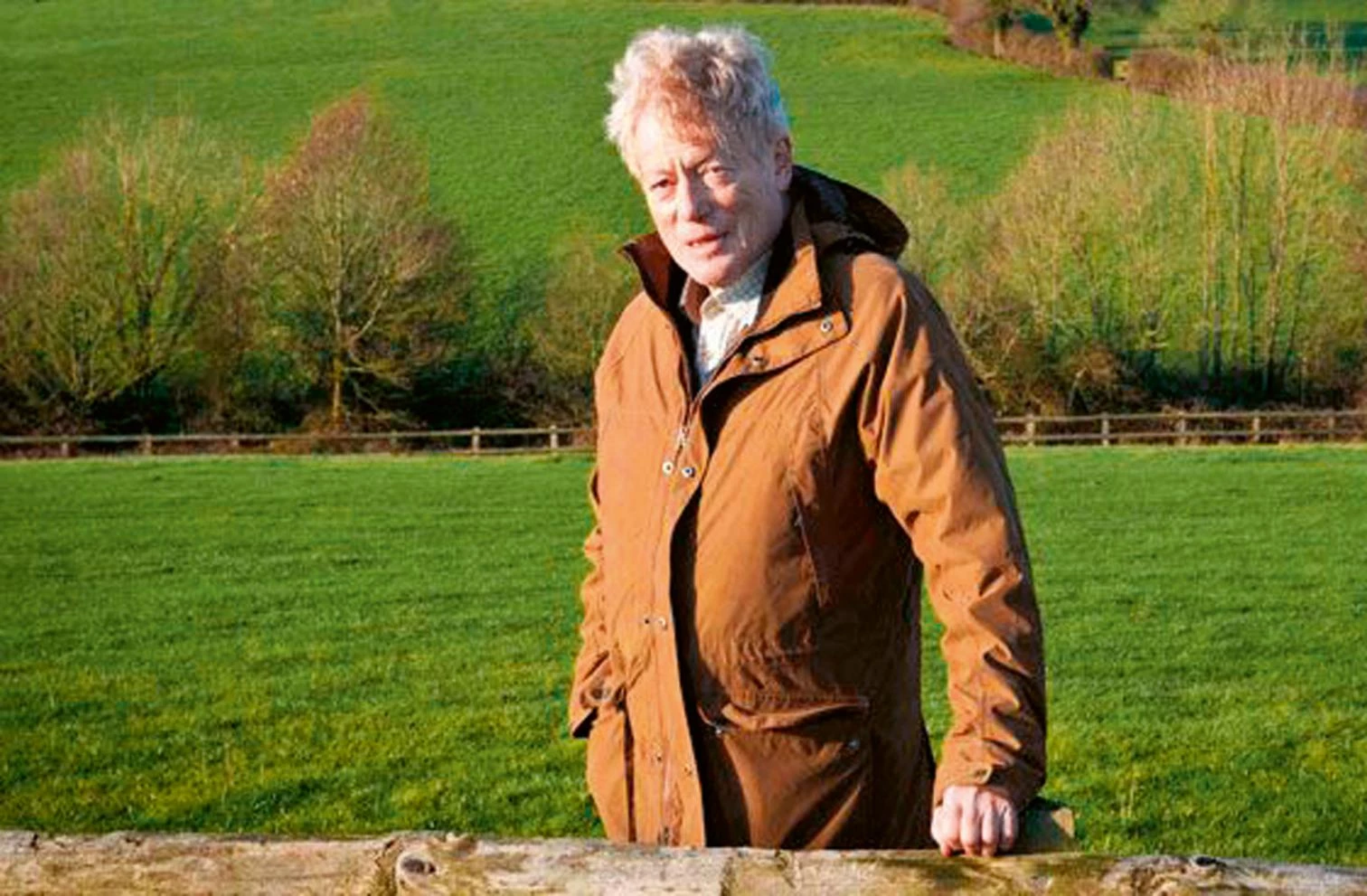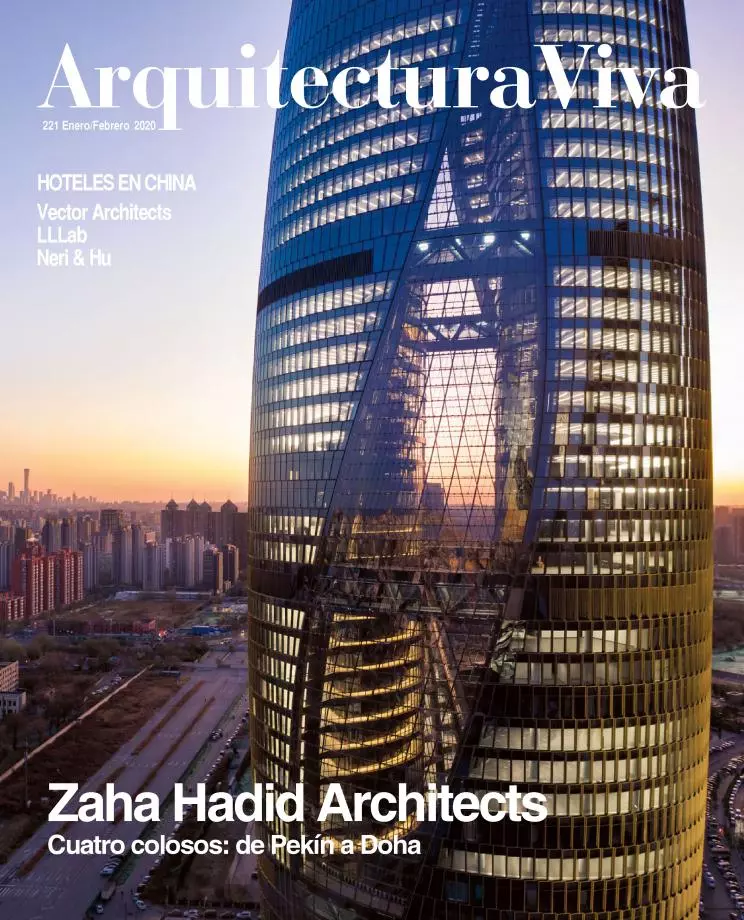
The conservative British philosopher died on 12 January at the age of 75, succumbing to cancer. A public intellectual and prolific writer, he left behind – besides several novels and two operas – over fifty books on a diversity of themes, from hunting and wine to sex and religion. His fundamental themes, however, were aesthetics and political thought, to which his first and final works were devoted. Like the Edmund Burke he admired, he moved from aesthetics to politics, and both converted to conservatism in the wake of experiencing French troubles – the 1789 revolution in one case, the 1968 revolt in the other.
In 1974 he published what had been his dissertation at Cambridge, Art and Imagination, and in 1979 appeared an essential text which gets reprinted to this day, The Aesthetics of Architecture, where he defended the objectivity of aesthetic judgment – arguing that Kantian practical reason cannot be separated from aesthetic considerations, thus linking morals to beauty – and expressed his admiration for the classical architecture which stretched from Brunelleschi to Maderno. With time his passion for classicism would broaden to include the vernacular and the use of compositional patterns in Haussmannian Paris or Georgian London, upholding the traditional city over sprawl and commending the work of architects like Christopher Alexander and Léon Krier: ideas which gave rise in 1995 to The Classical Vernacular: Architectural Principles in the Age of Nihilism, and in 2009 to the BBC series Why Beauty Matters.
Although he also wrote on the aesthetics of music – a field in which his preferences were divided between Wagner and Schoenberg – it was the protection of the British landscape that dominated his attention, and in 2018 he became chair of ‘Building Better, Building Beautiful,’ a commission set up with the aim of improving the design of homes and neighborhoods. The vocation for political involvement was already evident in The Meaning of Conservatism (1980), his most important and influential work, where he defended traditionalist conservatism against Thatcher’s neoliberal conservatism, and whose well argumented fundamentalism complicated his academic career.
In the 1980s he helped the opposition in countries of Eastern Europe organize clandestine university activities, for which he was later acknowledged by the governments of the Czech Republic, Poland, or Hungary. In The Salisbury Review, the controversial magazine he was editor of for two decades, or in books like Thinkers of the New Left (1985, extended in 2015), he vigorously criticized the radical intellectuals of postwar Europe, from Sartre, Foucault, or Lukács to Adorno, Horkheimer, or Habermas, and not sparing American liberals like Rorty, Galbraith, Dworkin, or Rawls, while flinging only satirical humor on the ‘logorrhea’ of the likes of Althusser, Lacan, Deleuze, Badiou, or Žižek.
In architecture he lauded the composition of Gaudí or the details of Mies, and conceded that modernity had created masterworks like Wright’s houses or Ronchamp; but he also had his bêtes noires, very especially Eisenman, Koolhaas, and Libeskind, whose intellectual pretensions he considered squashed by Tom Wolfe. Maybe this makes it significant that while The Aesthetics of Architecture ends with the facade of Santa Maria in Campitelli, the masterpiece of Carlo Rainaldi, Eisenman’s book on Palladio begins precisely with this church, built after the Vicenza architect’s time but with formal fractures that the American architect connects to Palladio. I imagine that their shared fascination for Rainaldi came from reading Wittkower, but architecture does indeed create strange bedfellows. And if there is a moral lesson to be obtained from this, it may be an encouragement to read Roger Scruton, far though we might be from his conservative beauty.





